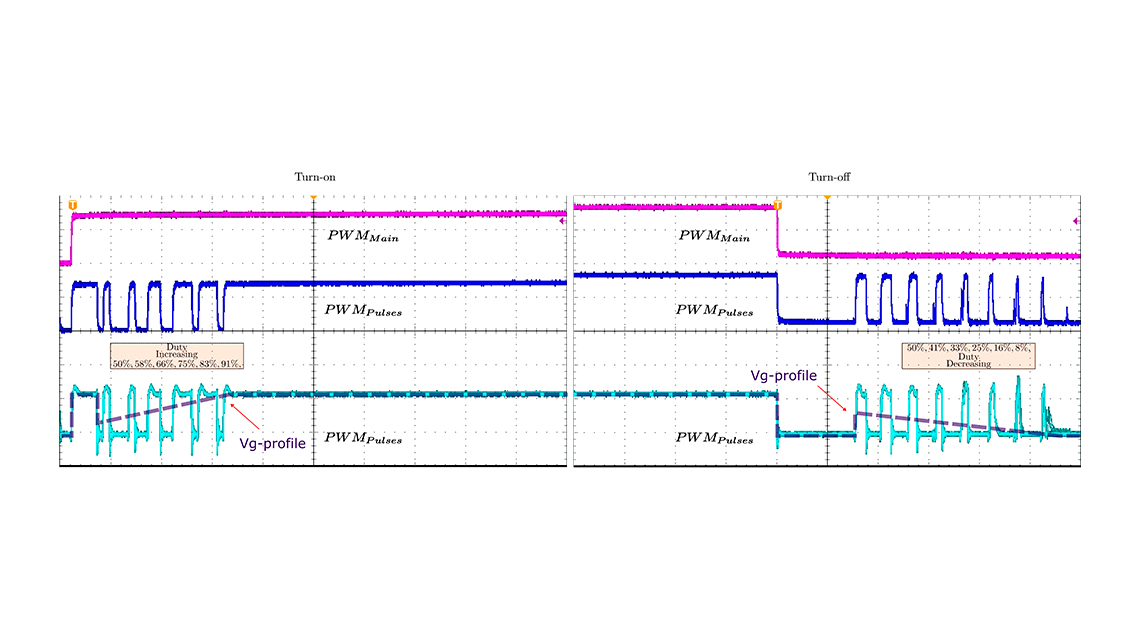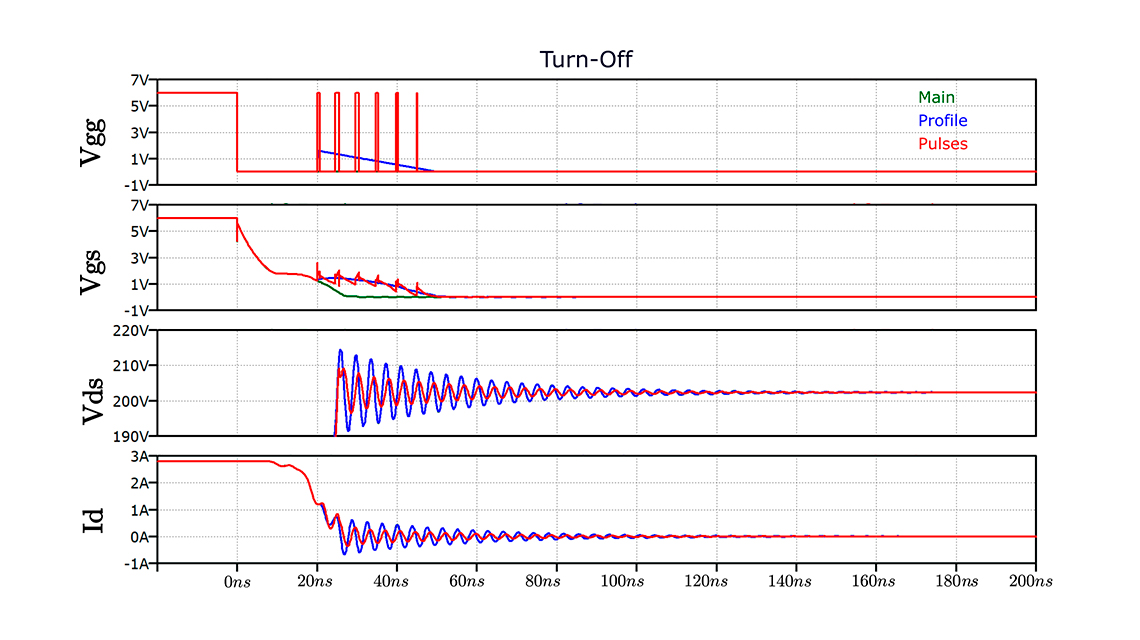The RHODaS project has published a new public report entitled “Active Gate Drivers for High-Power, High-Frequency WBG Devices". The report focuses on the development and evaluation of advanced gate drivers (AGDs) for high-power, high-frequency wide bandgap (WBG) devices, specifically silicon carbide (SiC) and gallium nitride (GaN) transistors. The research aims to address the challenges posed by the high-speed switching characteristics of these devices, which can lead to issues such as oscillations, overshoots, and electromagnetic interference (EMI).

One of the key innovations presented in the report is a novel gate-driving approach based on high-frequency pulse-width modulation (PWM). This method involves shaping a custom gate voltage profile to control the energy applied during the turn-on and turn-off transitions of GaN transistors. The approach aims to reduce overshoots, oscillations, and EMI without significantly increasing switching losses. The high-frequency PWM is generated using a field-programmable gate array (FPGA), which allows for dynamic adjustment of the gate voltage.

The research includes both simulation and experimental validation of the proposed gate-driving method. Simulations were conducted using LTspice, and the results showed a significant reduction in overshoots and oscillations compared to conventional gate drivers. Experimental evaluations were carried out using a laboratory setup that included GaN devices, a totem-pole driver, and an FPGA. The experimental results corroborated the simulation findings, demonstrating the effectiveness of the proposed gate-driving technique in real-world conditions.

Despite the promising results, the research also highlights some challenges and limitations. The primary limitation is the resolution of the FPGA used in the experiments, which restricted the number of adjustable pulses that could be generated. This limitation affected the performance of the gate-driving method, particularly during the turn-off transition. RHODAS researchers suggests that using an FPGA with a higher operating frequency could improve the results.
In conclusion, the report provides a thorough analysis and validation of an advanced gate-driving technique for high-power GaN transistors. The proposed method shows significant improvements in reducing overshoots and oscillations, making it a viable solution for high-power, high-frequency applications. The next steps involve applying this technology to the low-power T-type converter used in the RHODaS project and further developing an integrated active gate driver for higher voltage and current converters.
To view and download the full report, click on the link below RHODaS D2.2 Active Gate Drivers